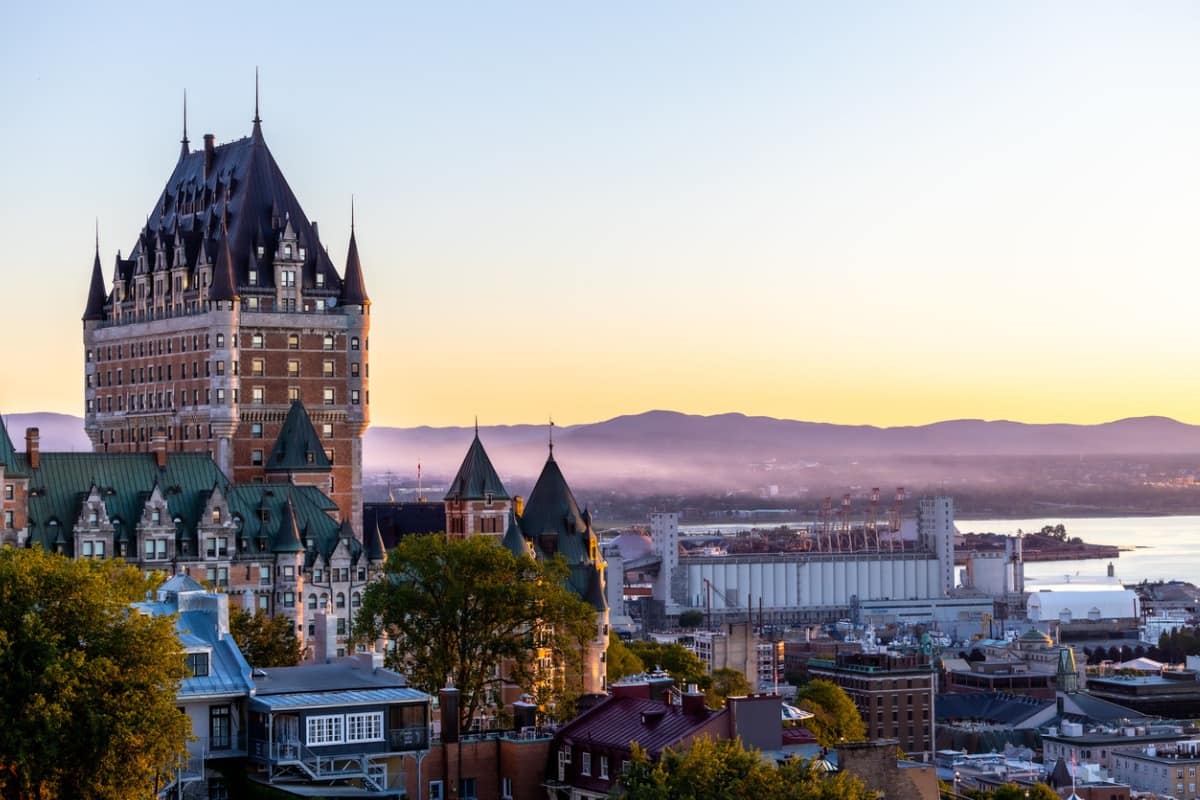The record-breaking wildfire season in Canada continues at an amazing pace. As of July 12, the fires had burned nearly 10 million hectares (100,000 square kilometers), a total area that dwarfs the province of New Brunswick (72,908 square kilometers) or, for comparison with the United States, the state of Maine (79,883 square kilometers). Kilometre). With more than two months to go until the end of the country’s wildfire season, the area burned has already surpassed that of 1989, the worst on record, when 7.5 million hectares burned.
As of July 5, there were 432 active fires in Canada, 80 of which are considered out of control. Campfires have been banned in British Columbia since Monday as fires broke out in the central Cariboo region.
The fires have been raging across the country since early May, about two months before the usual start of wildfire season. Fires broke out in Nova Scotia in late May in unusually dry weather, destroying several rural Halifax suburbs. Firefighters from around the world and members of the Canadian Armed Forces have been mobilized to fight the fires, including those that broke out in Alberta in early June and forced tens of thousands of people to flee their homes.
The 2023 wildfire season, which is expected to continue to rage from Quebec to British Columbia to the normally balmy north, is being fueled by the effects of climate change driven by capitalism. These include extremely high temperatures and dry conditions above average, causing lightning to start more fires and man-made fires to spread and get out of control more easily.
Record-warming temperatures in Canada’s northern Northwest Territories are creating ideal conditions for fires to start in the subarctic region. In the first nine days of July, 17 temperature records were broken in the Territories. On Saturday, the highest temperature ever recorded in the western hemisphere was recorded in Norman Wells above the 65th parallel, where the mercury temperature reached 37.9 degrees Celsius.
Huge lightning-triggered fires in central Quebec have spread toxic fumes across Canada and into the United States, affecting the health of tens of millions of people, including in Toronto, Montreal, New York, Chicago and other major urban centers. As governments advised the elderly and medically vulnerable to stay indoors on the toughest days, workers suffered from smoky factories and were forced to breathe extremely unhealthy air on outdoor construction sites.
A recent assessment by the Stanford Environmental Change and Human Outcomes (ECHO) Laboratory found that 2023 is already the worst year on record for cumulative particulate matter (PM2.5) exposure from smoke, with the average American accumulating 400 micrograms per year is exposed to cubic meters of air. Unusually, most of this load is due to fires in Canada, as fire season has not yet properly started in the United States. The ECHO lab has seen a significant increase in smoke exposure since 2019, with the rate more than doubling.

Loading tweet…
Cumulative exposure to fine particulate fumes (PM2.5) (US population average)
At the end of June, a quarter of Canadians said they were affected by the wildfires, either directly from the flames or indirectly from the smoke.
According to the World Health Organization, indoor and outdoor air pollution is one of the leading causes of death worldwide, contributing to the premature deaths of 4.2 million people in 2019.
With Canada’s Parliament closed until September, the political establishment has barely responded in recent weeks to the devastating wildfire season and the clear impact of climate change on the lives of millions. Aside from the possibility of establishing a national fire service, no action has been taken to address the causes of the record-breaking fire season.
Prime Minister Justin Trudeau, who has made climate change a key issue in his election campaign, appeared nonchalant when asked about his government’s response to the fires in early June. “Given the forecast, we should have enough resources to cover the summer,” Trudeau told reporters. “Should the situation deteriorate, we will develop contingency plans and will of course be present (…) to ensure the protection of all Canadians throughout the summer.”
Meanwhile, conservative opposition leader Pierre Poilievre has called talk of fires and climate change a distraction. Instead, he continued to campaign for the abolition of the so-called “carbon tax” to allow oil companies and big business to pollute with impunity. The measure was implemented by the Trudeau government in 2018 with a promise to reduce the carbon emissions that cause climate change, but it never met its already inadequate targets.
As the world experiences record heat this year from North America to Asia to Europe and other impacts such as flash floods become more frequent, it is clear that climate change is a global problem and therefore there will be no solution at the national level or within the confines of the nation-state capitalist system . Only a labor movement that is internationally united and armed with the latest scientific knowledge will be able to confront the growing catastrophe of climate change in Canada and around the world.
(Article published in English on July 13, 2023)

Total web buff. Student. Tv enthusiast. Evil thinker. Travelaholic. Proud bacon guru.






